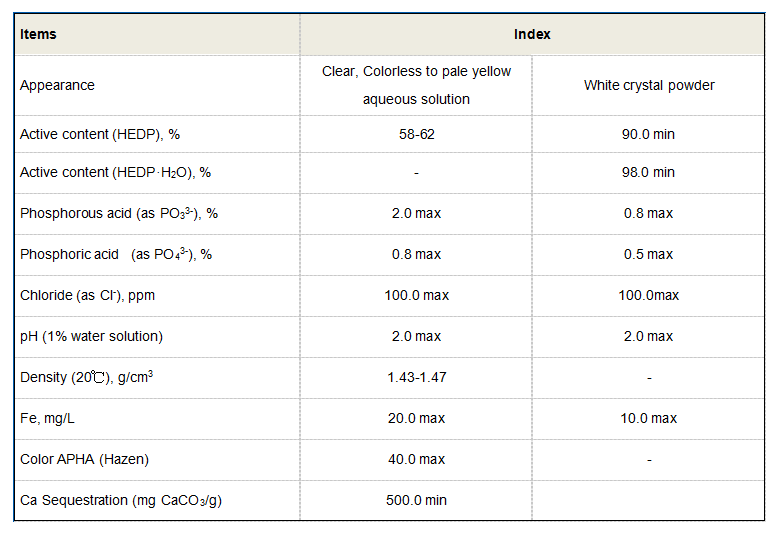coagulation flocculation
Coagulation and Flocculation Essential Processes in Water Treatment
Water is an essential resource for all forms of life, and ensuring its purity and safety is a critical concern worldwide. Among the various methods for treating water, coagulation and flocculation play significant roles in removing contaminants, making them key processes in water treatment facilities.
Understanding Coagulation and Flocculation
Coagulation is the first step in the treatment process. It involves the addition of chemical coagulants to water, which destabilize suspended particles. Common coagulants include aluminum sulfate (alum), ferric chloride, and polyaluminum chloride. These chemicals neutralize the negative charges on suspended particles, such as silt, clay, and organic matter, which naturally repel each other. Once the charges are neutralized, the particles begin to clump together, forming larger aggregates known as flocs.
Flocculation follows coagulation and involves gentle mixing to allow the flocs to grow larger and settle more effectively. During this phase, additional chemicals called flocculants can also be added to enhance the aggregation process. The gentle stirring promotes the collision and adherence of smaller particles to the forming flocs, resulting in larger and denser aggregates. The efficiency of this process is crucial, as larger flocs settle more easily, facilitating their removal from the water.
The Mechanism of Coagulation and Flocculation
The effectiveness of coagulation and flocculation depends on several factors, including pH, temperature, and the types of coagulants and flocculants used. The chemical reactions involved can vary based on the composition of the water and the contaminants present. For instance, in acidic or alkaline water, the pH must often be adjusted to optimize coagulation. Monitoring the zeta potential (the potential difference between the particles and the liquid) is also crucial, as a higher zeta potential implies stronger repulsion between particles, making coagulant addition necessary.
The mixing intensity and duration during the flocculation process also significantly influence the final outcome. Too vigorous stirring can break apart flocs, while too gentle agitation may not allow sufficient formation of aggregates. As such, operators must carefully control these parameters to achieve the best removal efficiencies.
coagulation flocculation

Benefits of Coagulation and Flocculation
The benefits of coagulation and flocculation are numerous, especially in the context of drinking water treatment. The processes effectively remove suspended solids, colloids, organic matter, and even pathogens from water, thereby reducing turbidity and improving overall water quality. By facilitating the removal of these impurities, coagulation and flocculation help in meeting regulatory standards for safe drinking water.
In addition to drinking water treatment, these processes are essential in other applications such as wastewater treatment, paper manufacturing, and even the food and beverage industry. They can also aid in the dewatering processes of sludge and sediments, making waste management more efficient and sustainable.
Challenges and Considerations
Despite their advantages, coagulation and flocculation processes do face challenges. The selection of appropriate coagulants is vital, as some may produce undesirable byproducts or require extensive post-treatment measures. Additionally, the environmental impact of chemical usage must be considered, especially in regions with strict regulations concerning chemical discharge.
Moreover, changes in water quality due to seasons or pollution events necessitate continuous monitoring and adjustment of treatment strategies. Operators must be adept in handling these variations to ensure consistent water quality.
Conclusion
Coagulation and flocculation are fundamental processes in ensuring a clean and safe water supply. By understanding the science behind these methods and their optimal applications, water treatment facilities can provide effective solutions to meet the growing demand for purified water. As challenges arise, ongoing research and innovation in coagulation and flocculation techniques will be essential in addressing the future of water treatment and maintaining the quality of this vital resource.
-
lk-319-special-scale-and-corrosion-inhibitor-for-steel-plants-advanced-solutions-for-industrial-water-systemsNewsAug.22,2025
-
flocculant-water-treatment-essential-chemical-solutions-for-purification-processesNewsAug.22,2025
-
isothiazolinones-versatile-microbial-control-agents-for-industrial-and-consumer-applicationsNewsAug.22,2025
-
scale-inhibitor-key-solutions-for-water-system-scale-preventionNewsAug.22,2025
-
organophosphonates-versatile-scale-inhibitors-for-industrial-water-systemsNewsAug.22,2025
-
scale-and-corrosion-inhibitor-essential-chemical-solutions-for-water-system-maintenanceNewsAug.22,2025





